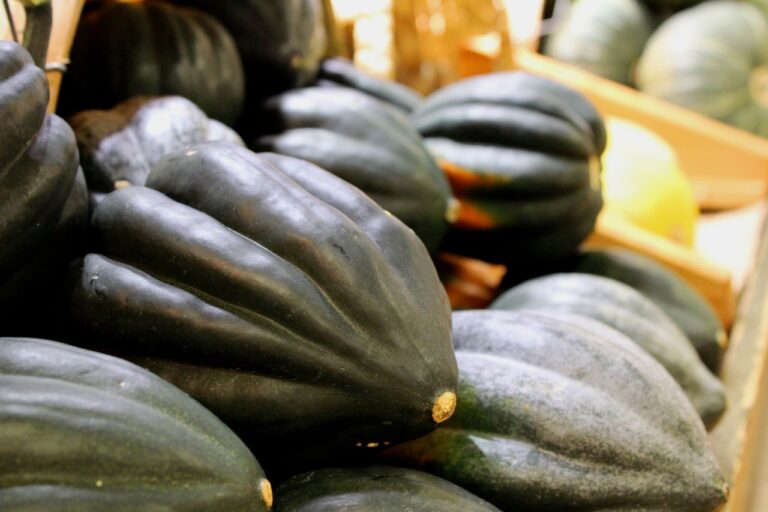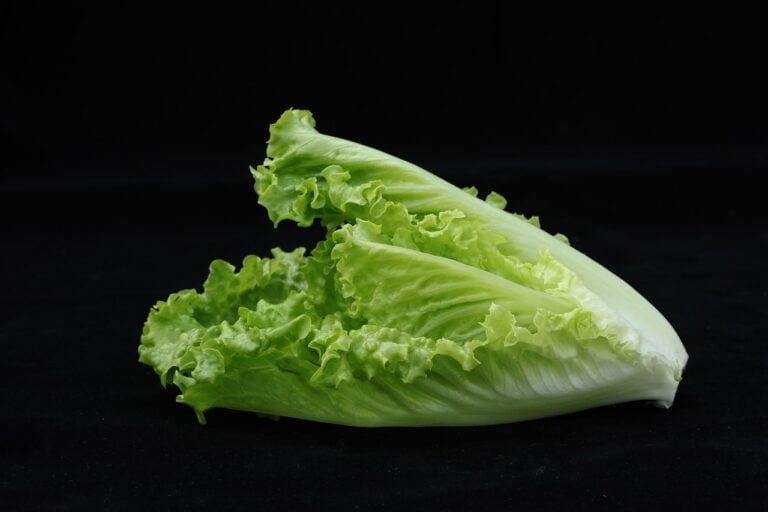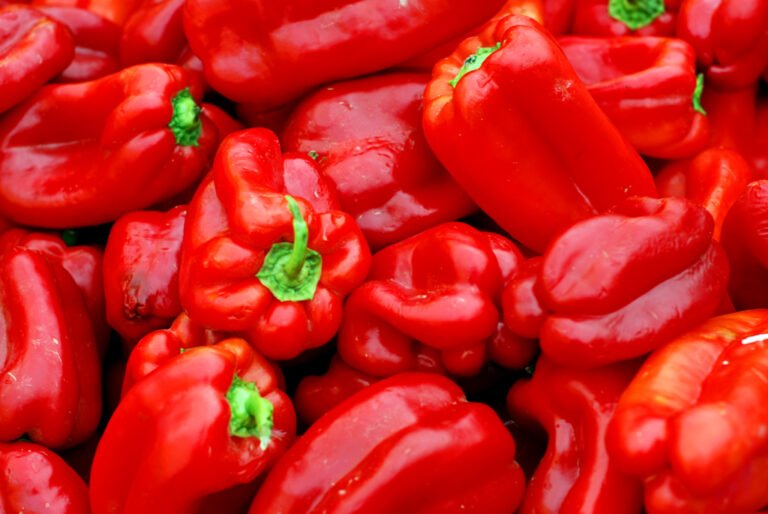Understanding the Right Time to Harvest Carrots
I harvest carrots when shoulders are 3/4 to 1 inch wide and show deep color. Exposed shoulders or roots mean they’re ripe. Gently pull to check ease of removal. Vibrant tops signal maturity. Loose soil and easy pulling indicate readiness. Different varieties mature in 30-110 days. Check seed packets for specifics. Fast-growing types need 50 days, some take 110. Baby carrots are ready in 30 days. Monitor and care post-harvest for the best quality. Proper storage and timing are key. For more on carrot varieties and harvesting tips, look for detailed seed packet guidelines.
Optimal Harvest Time for Carrots
When evaluating the best harvest time for carrots, cultivators should closely observe the growth and important cues of the carrot tops and shoulders to guarantee excellent harvesting conditions. Carrots, being a root vegetable, require proper timing for harvesting to ensure best flavor and texture. Understanding the readiness of carrots involves monitoring the plants from seed to maturity, typically occurring within 60-80 days, although certain varieties may be ready as early as 50 days.
One key indicator of carrot maturity is the height of the carrot tops, which should reach around 10-12 inches when the roots are mature beneath the soil. Additionally, examining the shoulders of the carrots is crucial in determining harvest readiness. Carrots are typically ready when their shoulders have a diameter of about 3/4 to 1 inch and display deep coloration. Visible cues such as exposed shoulders or roots protruding above the ground signal that the carrots are ripe for harvesting.
It is essential to pay attention to the soil around the carrots as well. Firm soil around underdeveloped carrot shoulders indicates that the roots are still in the growth phase and are not yet ready for harvest. By closely monitoring these factors, cultivators can accurately know when carrots are at their peak for harvesting, ensuring a bountiful and flavorful yield.
Visual Cues for Carrot Maturity
Observing visual cues for carrot maturity provides clear indicators for determining the best harvest time. To guarantee ideal flavor and texture, it is essential to pay attention to specific characteristics that signify the readiness of carrots for harvesting. Here are some key visual cues to take into account:
- Carrot Top Height: Carrot tops should ideally reach a height of 10-12 inches, indicating mature roots ready for harvest.
- Shoulder Diameter and Coloration: Check the diameter of the carrot shoulders, aiming for about 3/4 to 1 inch with deep coloration, which signals that the carrots are at the right stage for harvesting.
- Soil Firmness: Firm soil around the carrot shoulders suggests that the roots are still underdeveloped and need more time to grow before being harvested.
- Exposed Carrots: Exposed shoulders or roots popping out of the ground are clear visual cues that the carrots are mature and ready for harvest.
Testing Carrots for Readiness
To evaluate the readiness of carrots for harvesting, conduct a simple test by gently pulling a couple from the soil to check for ease of removal. When assessing carrots for readiness, pay attention to the diameter of the carrot shoulders, aiming for about 3/4 to 1 inch in size. This size indicates that the carrots have developed adequately and are optimal for harvest.
Moreover, look for vibrant color and a healthy appearance in the carrot greens. The greens act as a good indicator of maturity. Confirm the carrot plants have tops that are around 10-12 inches tall before considering harvesting, as this height signifies that the carrots have had enough time to develop fully.
When evaluating carrots for readiness, consider the texture and firmness of the soil around the base of the carrots. If the soil feels loose and the carrots pull out easily, they are likely ready to harvest. However, if the soil is compact and the carrots resist coming out, they may need more time to mature.
Maturation Period of Carrots
Carrots typically require a maturation period of 55 to 100 days, with some varieties reaching readiness in as little as 30 days for baby carrots. The maturation period of carrots is pivotal in determining when they are ready to pick. Different carrot varieties have varying maturation times, with some fast-growing types ready in as little as 55 days. To guarantee the prime harvest time, it is vital to consult seed packet guidelines for specific maturation timelines.
- Carrots take 55 to 100 days to mature, with baby carrots ready in 30 to 50 days.
- Different carrot varieties have varying maturation times, with some fast-growing types ready in 55 days.
- Refer to seed packet guidelines for specific maturation timelines to secure the harvest time.
- The maturation period of carrots can vary depending on the variety planted.
Growing carrots as a root crop offers a rewarding experience, but understanding the maturation period is crucial for a successful harvest. The types of carrots available vary greatly, with each type offering unique flavors and textures. By following the recommended maturation times and referring to seed packet guidelines, one can make sure that their carrots are harvested at the peak of their flavor and nutritional value.
Varieties and Harvest Times
I will now introduce the discussion on the varieties and harvest times of carrots by highlighting the different types available for harvesting. Understanding the best harvest window for each type is essential to guarantee the finest flavor and texture. Recognizing ripeness indicators in carrots can help in determining the ideal time for harvesting to achieve the desired taste and quality.
Carrot Types for Harvesting
Different carrot varieties exhibit distinct harvest times, typically ranging from 60 to 80 days after planting. Some fast-growing varieties can be ready in as little as 50 days, while storage carrots may take up to 110 days to mature. For those looking for a quick harvest, baby carrots can be ready as early as 30 days after planting. Rainbow carrots, known for their various colors and flavors, have harvest times falling between 50-80 days after planting. Checking the seed packet for specific maturity timelines is essential in determining the best time to harvest different carrot varieties.
- Fast-growing varieties may be ready in 50 days.
- Storage carrots can take up to 110 days to mature.
- Baby carrots can be harvested as early as 30 days.
- Rainbow carrots come in different colors and flavors, with harvest times between 50-80 days.
Optimal Harvest Window
Ensuring a prime harvest window for carrots involves closely monitoring the size and color of the shoulders, typically ranging from 3/4 to 1 inch in diameter and displaying vibrant hues. Different carrot varieties have varying harvest times, typically between 60-80 days after sowing. Some fast-growing varieties are ready in as little as 50 days, while slower-growing storage carrots may take up to 110 days to fully develop. It is essential to check the seed packet for specific guidelines on when to harvest each type. For the best flavor and texture, it’s advisable to harvest carrots early in the morning when the weather is cool. This timing guarantees that you get the freshest carrots possible.
Ripeness Indicators for Carrots
To determine the best harvest time for carrots, assess the size, color, and appearance of the shoulders, which typically range from 3/4 to 1 inch in diameter with deep coloration.
- Carrot roots are usually ready to be harvested when the shoulders are 3/4 to 1 inch in diameter with deep coloration.
- Carrots grow to about 10-12 inches tall, depending on the variety, before they are ready for harvest.
- Depending on the type, carrots can be ready for harvest between 30-110 days after planting the seeds.
- Mulch around the base of the plants helps retain moisture and keeps the shoulders from becoming green beneath the soils.
Ensuring Bountiful Carrot Harvest
To maximize your carrot harvest, closely monitor the growth of the carrot greens and check for specific indicators of readiness for harvesting. When the carrot greens reach approximately 10-12 inches tall, it is a good indication that the roots have matured. Another way to assess if the carrots are ready to use is by checking the diameter of the carrot shoulders, which should be around 3/4 to 1 inch. Exposed shoulders or roots popping out of the soil also signal that the carrots are ripe for picking.
Before gathering, make certain the soil around the carrot is adequately watered to soften it, making the pulling process easier. To facilitate the harvest, use a hori hori or a similar tool to gently loosen the soil around the base of the carrots. This will help prevent damage to the roots and ensure that you can easily lift them from the ground.
After picking carrots from your vegetable garden, trim the greens to about half an inch above the carrot shoulders. Store your homegrown carrots in a root cellar or another cool, dark, and humid place where they can continue to grow until ready for use, especially before the ground freezes. A bountiful carrot harvest awaits with careful monitoring and timely harvesting practices.






